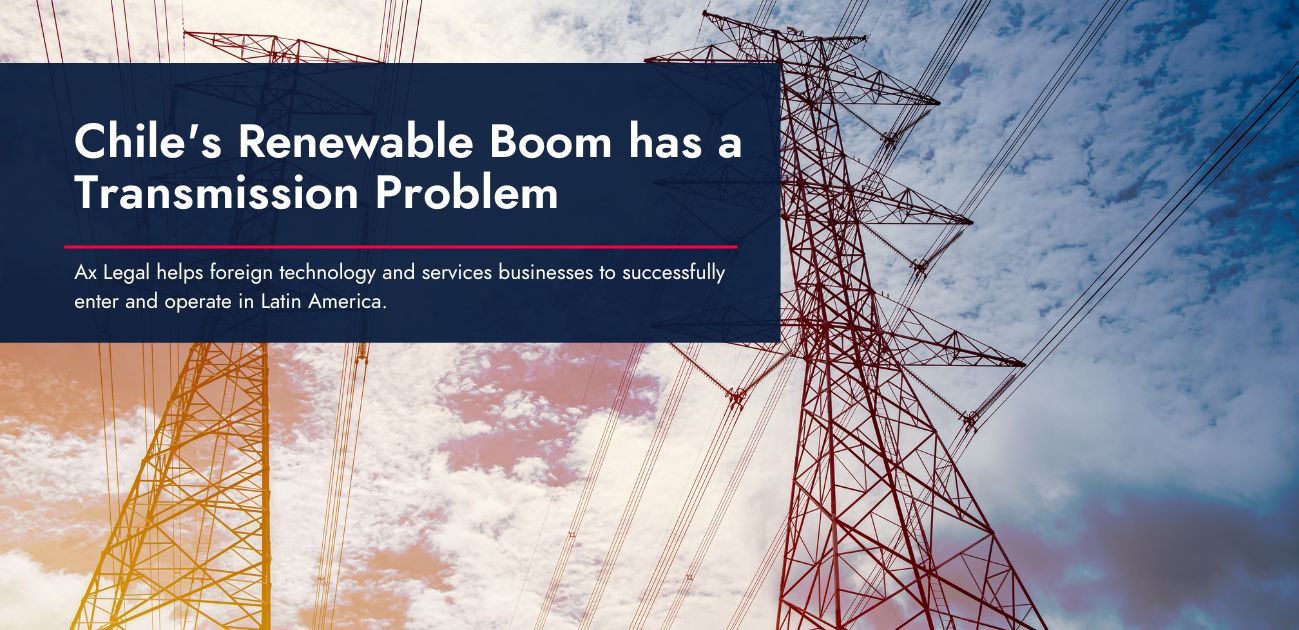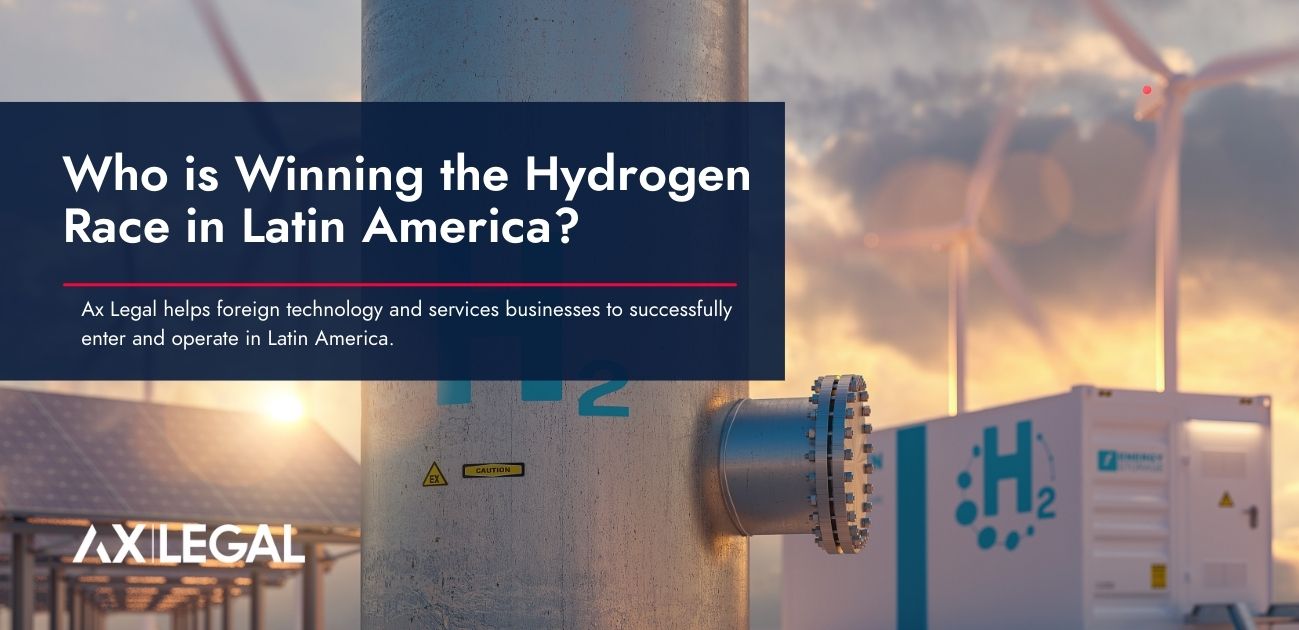Chile’s Renewable Boom has a Transmission Problem
Since 2015, Chile has dramatically increased its solar and wind capacity year over year. It has done so without any major government subsidies, which is a major accomplishment.
The result has been that renewables contributed on average over 25% to the national grid in 2021. This has risen since then with a wave of new project built and now sits over 30% for 2022. The new National Energy Policy is even more ambitious with aims to reach 80% by 2030; and 100% by 2050. Goals that many experts believe are possible.
With a healthy pipeline of projects, prices have dropped steadily since Chile started its transformation. Solar energy produced in the Northern Antofagasta region is expected to fall from the current average of US$25/MWh to about US$10/MWh in 2050. Wind energy costs are projected to drop from around US$23/MWh to US$20/MWh by mid-century.
Although it is quite impressive what Chile has been able to achieve to date, there is also some immediate challenges that need to be solved to help the country advance further.

Transmission Capacity Challanges
Chile is a long thin country with huge amounts of renewable capacity being built in the North. Transmission constraints from North to South means that renewable energy cannot be fully transmitted to where there is demand at peak production periods creating unfavorable margins for producers, often having to give their power away during peak solar hours. From January-September of this year, more than 748GWh of electricity was dumped because of transmission bottlenecks.
Fitch recently released a press release stating that “Renewable projects are exposed to increasing curtailment risk due to geographical power oversupply in resource-rich regions and lack of system flexibility. Electricity delivery restrictions are expected to increase as additional non-conventional renewable energy (NCRE) assets are added to the grid.”
Chile has a large pipeline of solar and wind projects that will be built in the next few years, but it does not do much if there is no way to dispatch the power to where it is needed. For this reason, transmission capacity is one of the most important issues that needs to be solved in the short to medium term.
The Governments Response
The government recently enacted the electromobility bill that will allow stand alone storage projects to be paid for power they inject into the grid. The idea is to make it easier to relieve pressure by absorbing extra electricity during peak production periods so that it can be stored and released later.
The legislation will also allow electric vehicles to enter the power market. Owners would be remunerated for injecting electricity into the grid and using the battery of their vehicle for storage. To promote the adoption of electric vehicles, the bill also proposes a reduction in road tax for electric cars.
The electromobility bill is an important step that needed to be taken. There are considerable amounts of projects in the pipeline (+2000MW) that have battery storage attached to them. There is also a significant number of projects that are pure battery plays that need the laws to be adapted so they could sell their electricity to the Chilean market. The hope is that the new laws could give investors enough confidence to potentially attract more investment to battery solutions. It could also lead to developing different types of battery storage technology.
Currently, according to the local industry group Acera, pure battery storage technology accounts for only 64MW, or 0.20%, of Chile’s overall installed capacity of 33.3GW as of August. An additional 60MW of battery storage capacity is under construction and 168MW has been given environmental permits. The report adds that 50MW of liquid air energy storage has also been given the environmental green light.
Conclusion
The Chilean renewable industry is at a crossroad. The local market has grown quickly over a relatively short period of time which has put pressure on the transmission system. This has created unfavorable prices when solar output is at its highest during the day since power cannot be transported to where it can be used.
Battery storage is an important part of the solution. It allows for the large-scale integration of solar and wind, while ensuring the country responsibly retires coal plants. It will hopefully provide investors with confidence to move forward with more pure battery projects. The electromobility bill is a step in the right direction to make this happen in the short term but more is needed, specifically more transmission capacity.
A new 1,500km HVDC power line is forecasted to enter service by 2028. The USD$1.4b transmission line is necessary to relieve pressure between the north where the electricity is being generated and the central region where it can be used. The environmental agency recently said they would create a dedicated evaluation team given the importance of the project to the country.
Other inter connections are being made with Argentina. Earlier this year, authorities signed documents authorizing electricity interchange via the 409km transmission line owned by AES Andes. Chile will export during daylight hours the power generated from solar plants. At night, Argentina will export to Chile electricity from gas-fired power stations, substituting up to 200MW of diesel capacity.
Ax Legal is an advisory firm that works with foreign companies in Latin America. Our team of legal and commercial advisors have a distinguished track record of helping foreign technology and services companies to grow and operate in Latin America. Over the years, we have worked with starts up, mid-size businesses, and publicly listed companies. The one common factor that connects our clients is that they are leaders in their field, providing innovative technologies and services to the industrial sectors.
To better understand how we can support you in the Region, please contact Cody Mcfarlane at cmm@ax.legal




 Santiago
Santiago Sydney
Sydney Lima
Lima